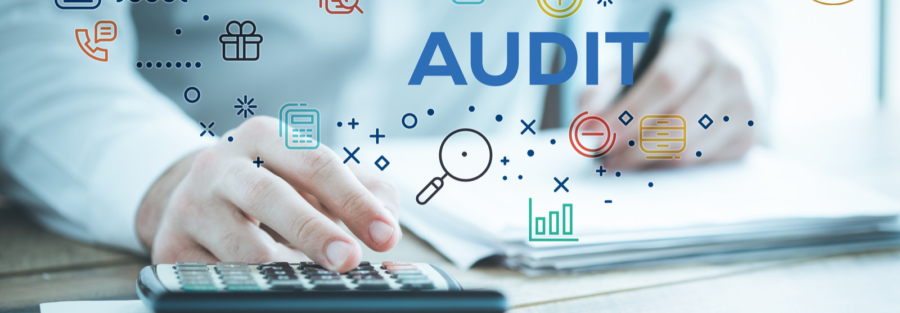Audit evidence is the foundation of the audit process, providing support to draw auditors’ conclusions and forming the basis of their opinions in both internal and external audit engagements. This topic provides a comprehensive overview of the different types of audit evidence that auditors utilize to assess the reliability and accuracy of financial statements. By understanding the various sources and characteristics of audit evidence, auditors can conduct thorough and effective audits, ensuring the integrity and transparency of financial reporting.
Types of Audit Evidence
i) Documentary Evidence
Documentary evidence comprises written or recorded materials that substantiate financial transactions and assertions. It includes external documents, such as bank statements, vendor invoices, and customer receipts, which provide independent corroboration of the client’s financial activities. Internal documents, such as financial statements, general ledger entries, and sales records, are generated within the client’s organization and serve as primary evidence for various financial assertions. Digital and electronic documents, including electronic spreadsheets, databases, and computer-generated reports, have become increasingly prevalent in audits. Third-party confirmations involve obtaining direct verification of financial information from external sources, adding credibility to financial statements. Legal and contractual documents, such as contracts, leases, and loan agreements, are crucial for assessing compliance with laws and regulations.
ii) Physical Evidence
Physical evidence refers to tangible assets and observations that auditors rely on to validate the existence and condition of assets, as well as the effectiveness of internal controls. It includes physical inspection of assets such as inventory, machinery, and property to confirm their existence and valuation. Observations and inspections allow auditors to assess the client’s operational processes and control environment, providing insights into the reliability of financial information. For instance, attending inventory counts or physical inventories helps auditors determine whether recorded inventory quantities are accurate.
iii) Oral Evidence
Oral evidence includes testimonials and statements from management, employees, and external parties. Auditors may conduct meetings and discussions with management to gain insights into the client’s operations, internal controls, and financial reporting practices. Testimonials from employees can provide additional understanding of internal processes and potential risks. Expert opinions from professionals, such as legal counsel or valuation experts, may also be considered as oral evidence.
iv) Analytical Procedures
Analytical procedures involve the comparison of financial information over time or against industry benchmarks to identify trends, patterns, or significant variances. Auditors perform ratio analysis, trend analysis, and other analytical techniques to assess the reasonableness and consistency of financial data. By analyzing financial relationships and comparing them with expectations, auditors can identify potential risks, errors, or inconsistencies that require further investigation.
v) Reperformance
Reperformance refers to the independent testing and verification of controls and calculations performed by the client. Auditors may reperform calculations, such as the recalculation of interest expense or depreciation calculations, to validate the accuracy of financial data. They also test the effectiveness of the client’s internal controls by independently performing control procedures and assessing their reliability and consistency.
vi) Non-Traditional Sources of Evidence
With advancements in technology, auditors are exploring non-traditional sources of evidence. This includes using data analytics techniques to analyze large volumes of data and identify patterns, anomalies, or exceptions. Social media platforms and online sources may provide supplementary information for fraud detection or reputational risk assessment. Blockchain technology can enhance the traceability and reliability of transactions, offering potential opportunities for auditors to access real-time transaction data.
Conclusion
Audit evidence encompasses various types of information that auditors utilize to form their opinions on financial statements. Documentary evidence, physical evidence, oral evidence, analytical procedures, reperformance




